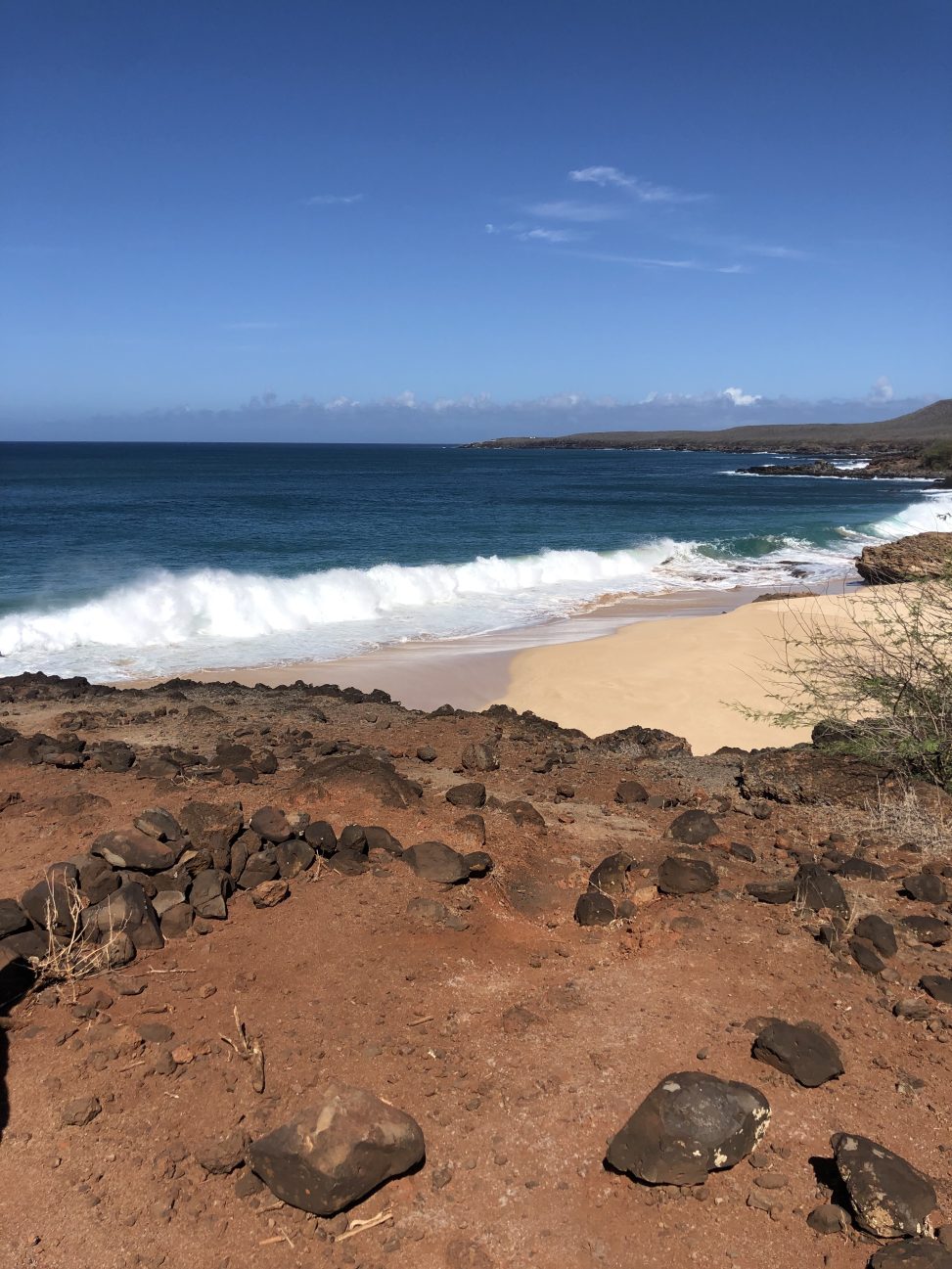I spent my first rotation in a rural clinic in Kaunakakai. As I began my clinical rotation, I anticipated the challenge of diagnosing patients, but what surprised me the most was how crucial the interview process is in arriving at a differential diagnosis. Leaning into the interview allowed me to practice my listening and empathy skills to better relate to patients whose lifestyles are different than mine. I found that by asking the right questions, I was able to hone in on my physical exam instead of doing every test and measure I could think of. Not only did this save time but it helped build rapport with the patient since each item was relevant to their chief complaint.
Focusing on the interview also helped me recognize the importance of motivational interviewing. Motivational interviewing guides people to make decisions that align with their values rather than just do an HEP. When I took more time to understand their lives and how their current limitations affected them, I was able to help them make changes rather than just prescribe exercises. This skill is something that I realize I need to improve in order to become a better clinician.
I found that it’s easy to work with people who want to exercise but it takes more finesse and can be more rewarding to work with people who don’t have a background in sports or fitness. Some of my most challenging patients were people with limited exercise experience who had comorbid conditions like Guillain-Barre syndrome, rheumatoid arthritis, and neurodegenerative disorders. I had the opportunity to work with patients who had never exercised before and help them build a foundation of safe movement.
One of the most valuable lessons I learned was discovering creative ways to integrate functional activities that directly supported my patients’ farming, hunting, and fishing into exercise programs. Patients were much more likely to do exercises when they had clear ties to their goals and applications to their jobs and hobbies. Physical therapy isn’t just about sets and reps—it’s about helping patients engage with movements that reflect their daily lives.
